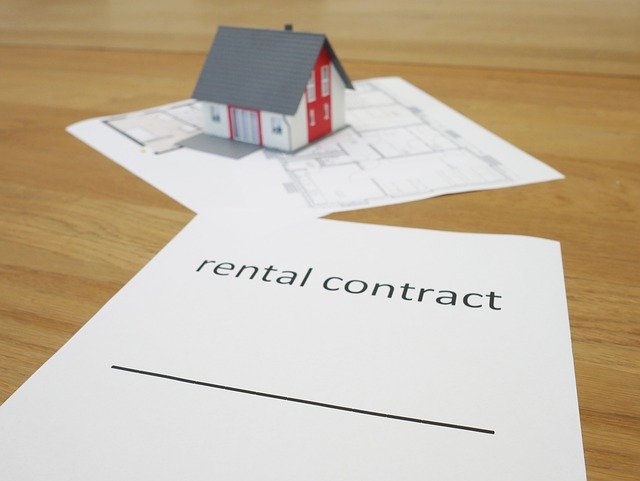Rent to Own Homes: A Comprehensive Guide to Alternative Homeownership
Rent to own homes, also known as lease options or lease-to-own agreements, offer a unique path to homeownership for individuals who may not qualify for traditional mortgages. This alternative arrangement allows potential buyers to rent a property with the option to purchase it at a later date. As the real estate market continues to evolve, understanding the intricacies of rent to own agreements becomes increasingly important for both aspiring homeowners and property investors.

During the lease period, tenants have the opportunity to improve their credit score, save for a down payment, and become more financially stable. This can increase their chances of qualifying for a mortgage when the option period expires. However, it’s crucial to note that if the tenant decides not to purchase the home or fails to qualify for financing at the end of the lease term, they may forfeit any extra payments made towards the purchase.
What are the benefits of rent to own homes?
Rent to own agreements offer several advantages for both buyers and sellers. For potential buyers, this arrangement provides:
-
Time to improve credit scores and financial stability
-
The ability to “test drive” a home before committing to purchase
-
Protection against rising home prices in desirable areas
-
Opportunity to build equity while renting
For sellers, rent to own agreements can:
-
Attract a wider pool of potential buyers
-
Provide a steady income stream during the lease period
-
Potentially sell the property at a higher price
-
Offer tax benefits in some cases
What should you consider before entering a rent to own agreement?
Before committing to a rent to own arrangement, it’s essential to carefully consider several factors:
-
Purchase price: Ensure the agreed-upon future purchase price is fair and reflects market trends.
-
Option fee: Understand the non-refundable fee required to secure the option to buy.
-
Rent premium: Determine how much of your monthly rent will be credited towards the purchase.
-
Maintenance responsibilities: Clarify who is responsible for property upkeep during the lease period.
-
Timeline: Know the exact length of the lease and when the option to purchase expires.
-
Financing: Plan how you’ll secure a mortgage when the time comes to buy the property.
How does rent to own compare to traditional home buying?
Rent to own agreements differ significantly from traditional home purchases in several ways:
-
Timeframe: Rent to own involves a longer process, typically lasting 1-3 years before the actual purchase.
-
Flexibility: Buyers have the option to walk away if they decide not to purchase the property.
-
Upfront costs: Lower initial expenses compared to traditional down payments and closing costs.
-
Building equity: Portion of rent payments may contribute to future equity in the home.
-
Property appreciation: Buyers may benefit from property value increases during the lease period.
What are the potential risks of rent to own homes?
While rent to own agreements can be beneficial, they also come with potential risks:
-
Forfeiture of payments: If the purchase doesn’t go through, the tenant may lose any extra payments made.
-
Property value changes: The agreed-upon purchase price may become unfavorable if market values decline.
-
Seller financial issues: Problems can arise if the seller faces foreclosure or financial difficulties.
-
Maintenance disputes: Unclear responsibilities for repairs and maintenance can lead to conflicts.
-
Financing challenges: There’s no guarantee that the tenant will qualify for a mortgage at the end of the lease.
How to find legitimate rent to own opportunities?
Finding reputable rent to own opportunities requires careful research and due diligence:
-
Work with a real estate agent experienced in rent to own transactions.
-
Research local real estate markets and property values.
-
Verify the seller’s ownership and financial status of the property.
-
Have all agreements reviewed by a real estate attorney.
-
Check for local rent to own programs offered by housing authorities or non-profit organizations.
-
Be cautious of deals that seem too good to be true or pressure you to make quick decisions.
Rent to own homes offer a unique pathway to homeownership, bridging the gap between renting and buying for many aspiring homeowners. While this arrangement can provide flexibility and opportunity, it’s crucial to approach it with a thorough understanding of the process, potential benefits, and risks involved. By carefully considering all aspects of a rent to own agreement and seeking professional advice, individuals can make informed decisions about whether this alternative route to homeownership aligns with their long-term financial and personal goals.






